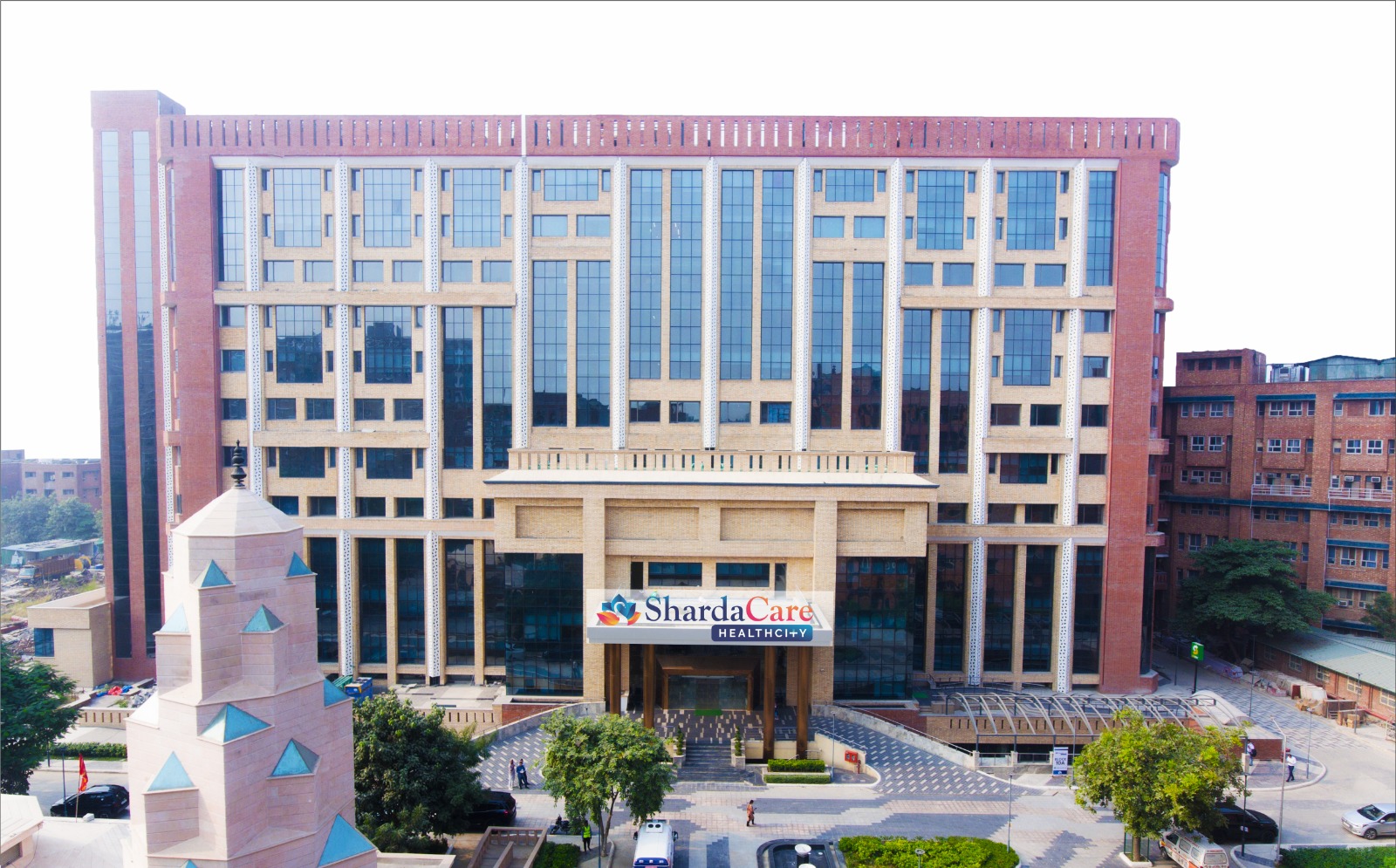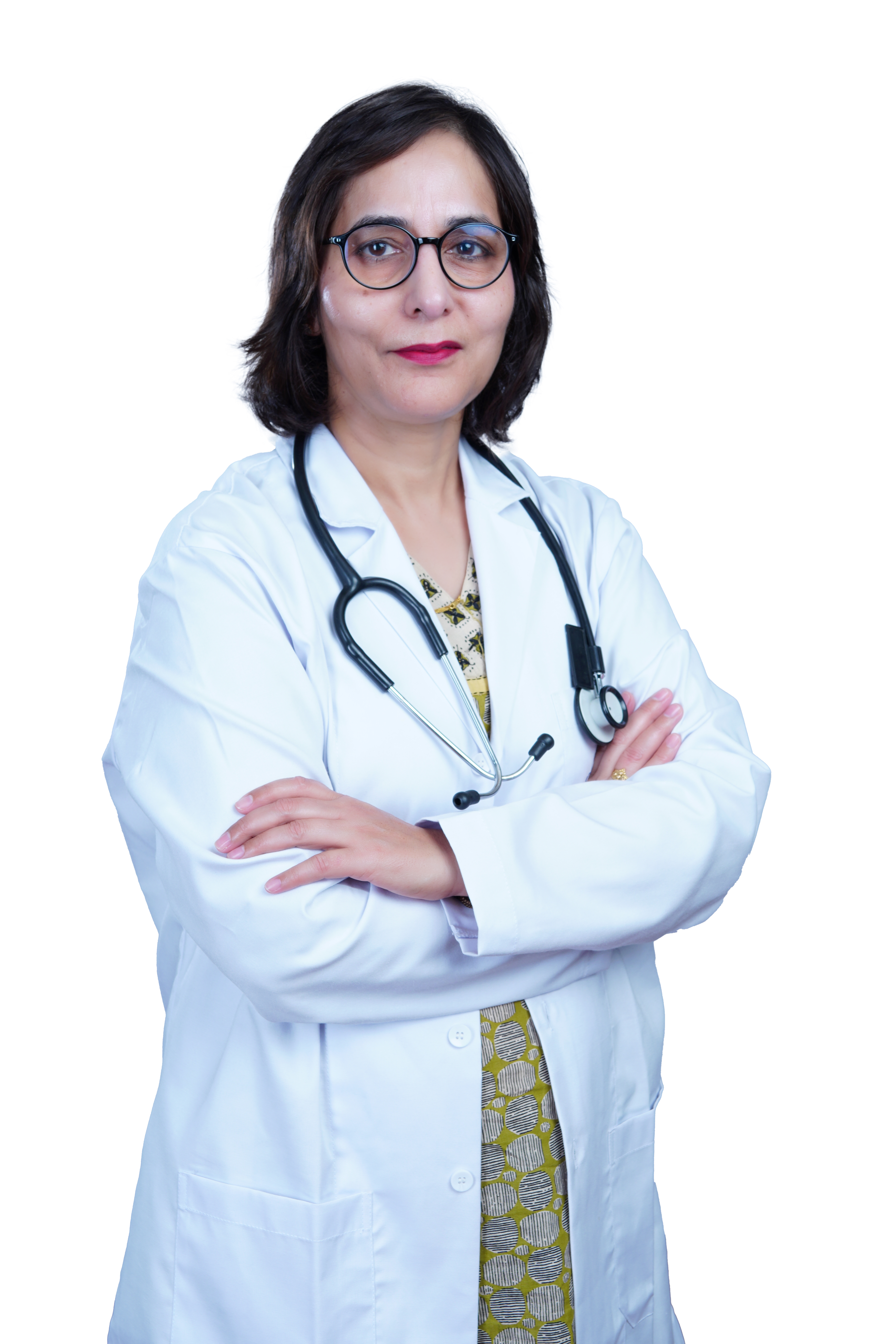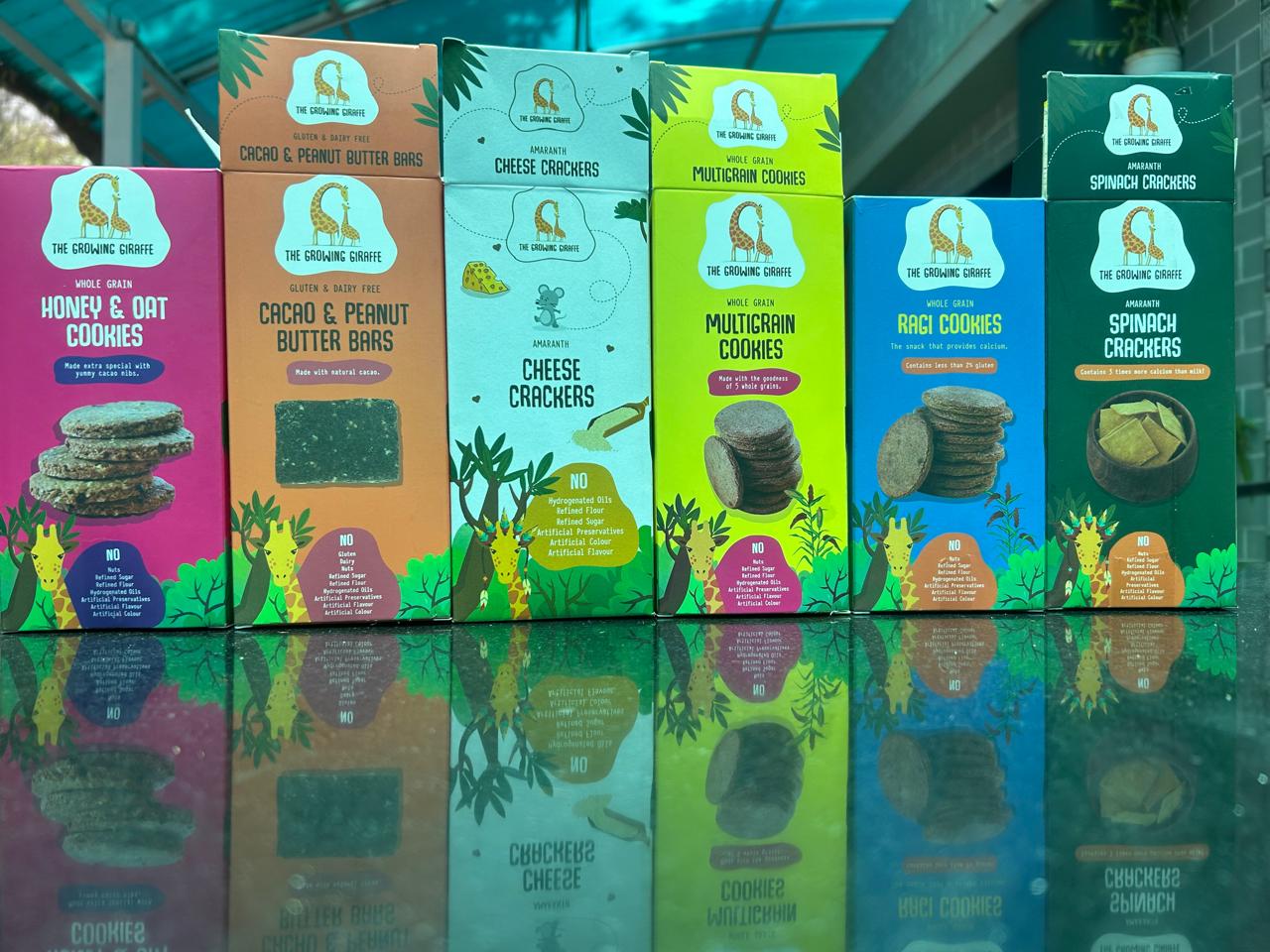A person with a disability means a person with long term physical, mental, intellectual or sensory impairment which, in interaction with barriers, hinders his full and effective participation in society equally with others. The estimated one billion people living with disabilities worldwide face many barriers to inclusion in some key aspects of society. As a result, they do not enjoy access on an equal basis as others which includes areas such as transportation and employment but also social participation like politics or entertainment.
The 2011 census estimated that the number of people with disabilities in India is close to 2.68 crores (or 2.2% of the population). A higher proportion of men were disabled in India compared with women, and disability was more prevalent in rural areas than in urban areas. Inability to move without assistance was the most common disability. More men experienced locomotor disability than women. This list of disabilities was expanded from 7 to 21 when the Rights of People with Disabilities was introduced in 2016. The disabled in India are entitled to some extra benefits.
International Day of Persons with Disabilities falls on the 3rd of December each year, with the aim of promoting empowerment, and helping to create real opportunities for people with disabilities. We at Medicircle are conducting the “International Day of Persons with Disabilities”, Series wherein we will be featuring experts in this field to understand and create more awareness about disability.
Dr Senthil N.S. Kumar has 22 years of experience in the field of rehabilitation across areas in clinical, academics, research, innovation, commercialization, strategic development, and grant writing. He is currently leading “The association of people with disability”, as COO & ED. His experience is enhanced by 8 years at Christian Medical College and Hospital, Vellore. Further, he has 9 years of International work experience at reputable universities and hospitals in Malaysia. Senthil has more than 15 international peer-reviewed journal publications and 4 Intellectual properties (2 patents & 2 copyrights). He has also authored a book on biomechanics under Jaypee Brothers, medical book publishers.
Causes of disability
Dr Kumar begins, "Causes of disability can be categorised into two groups. The first is congenital causes and the other is acquired disability. Congenital disability is caused in and around birth, one example of this is cerebral palsy. Acquired disability is caused by many things."
"For instance, communicable diseases like polio. It could even be a non-communicable disease like heart disease that causes disability. Heart diseases can lead to stroke or hypertension which ultimately leads to disability."
"The third cause of disability is injury due to accidents. The fourth cause is mental illness."
Types of Disability
Dr Kumar explains, "The Rights of Persons with Disabilities Act (RPwD) covers 21 disabling conditions. In the previous census we had about 7 conditions but now it has expanded to describe 21 disability conditions."
"Disability types can be classified into 5 broader categories. One is the locomotor disability, the other is visual impairment. The third is hearing, the fourth is speech and the last is mental illness and retardation. The conditions mentioned in RPwD will fall within these 5 categories."
Challenges faced by disabled people
Dr Kumar says, "Challenges faced by disabled people are multifold. The first challenge is early diagnosis. The disease will lead to impairment and impairment will lead to disability. Hence early diagnosis is important as with it d disability could be prevented."
"The second challenge is the lack of access to adequate treatments and resources. This is why the number of disabled people is more in rural areas than in urban areas. Medical resources are confined to the urban area. The third challenge is the lack of infrastructure. We don't have as many rehabilitation centres as we have hospitals. Our disability management organisations are very less.”
“The fourth challenge is the availability of assistive and adaptive technology and devices. Without this equipments, disabled persons will be unable to function independently. So, the need for such devices is critical. The next challenge is funding. Unlike other conditions and diseases, disability is different. In diseases, you can give medicines and know that in a few days recovery will be made. But disabilities are long-term. Hence, sustainability ad funding is important.”
“Another big issue is lack of awareness within the community and even in professionals. Many professionals follow the medical model which is prescriptive in nature. But with disability one needs a biopsychosocial model, where things need to be addressed in a comprehensive way. At a community level, superstitious beliefs and cultural barriers are major challenges that hinder inclusion.”
“Lack of inclusion is found in multiple domains like education. The Right to Education Act (2009), has been enacted but not enforced. We find disabled children not attending schools. This is because the curriculum is not adaptable and the teachers aren’t trained for this. The next factors are the peers and infrastructure.”
The next challenge is a livelihood. Since disabled people are not getting access to education or skill development, they are unable to get independence in terms of livelihood. Awareness and perception of the employers pose challenges. Lack of accessibility and adaptability in the workspace is a hindrance to disabled people.”
“With the government, the biggest challenge is the data. Without firm data, no sound implementation plan can be created. With a lack of data, another problem is the nature of data. We cannot club all disabled people under those 5 brackets. The next problem is the implementation of such policies. For instance, RPwD Act (2016) clearly states, that by 2021 India should have a barrier-free environment. Still, nothing has happened in terms of accessibility.”
“Another problem is lack of technology and innovation. We generally are conservative and old school in our approach to dealing in this sector. But we need innovative and evidence-based technology that improves us to provide quality delivery.”
Tackling disability
Dr Kumar mentions, “There are 2 strategies with which we can tackle disability. The first strategy is for the disabled person and the community around him/her.”
“The second strategy is for the ecosystem. We need to create awareness and capacity building at various levels. Awareness at the family level, sensitization at the community level and capacity of government frontline workers and professionals. For rehabilitation, we need to bring cost-effective models. India was able to fight polio and leprosy because we were able to bring a transdisciplinary approach. Such a transdisciplinary model is required to tackle disability.”
(Edited by Priyal Shah)

 Know the 4 causes of disability and the 11 challenges faced by disabled people. Here are ways in which the individual and the community can help them tackle disability.
Know the 4 causes of disability and the 11 challenges faced by disabled people. Here are ways in which the individual and the community can help them tackle disability. 







.jpeg)
.jpeg)

.jpeg)








.jpeg)








.jpeg)


